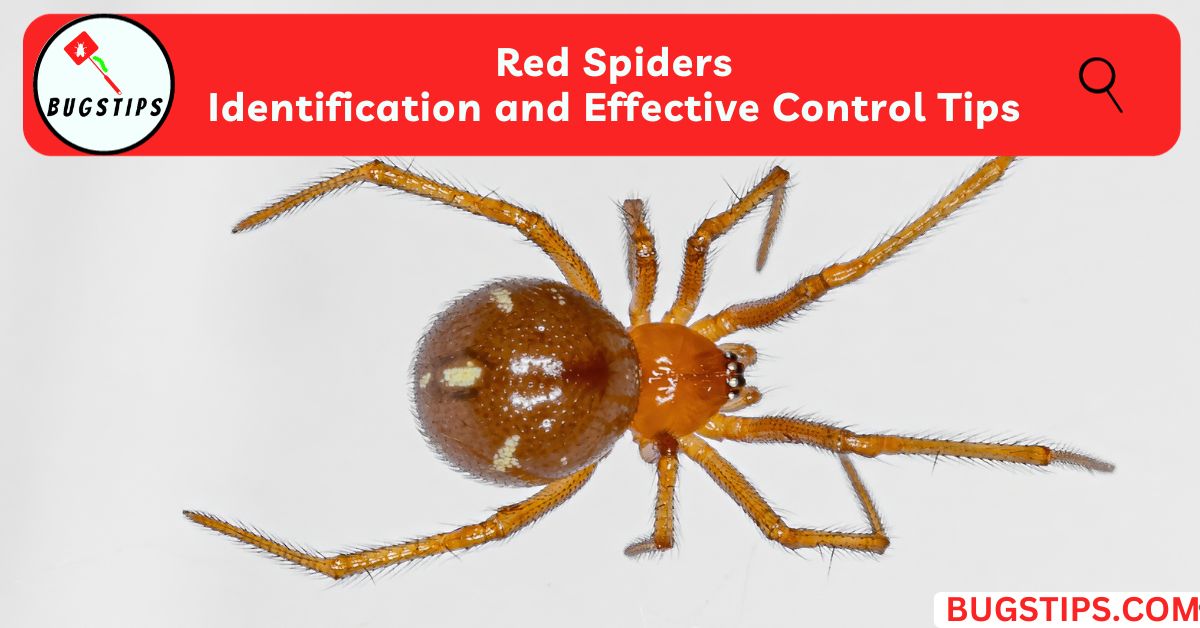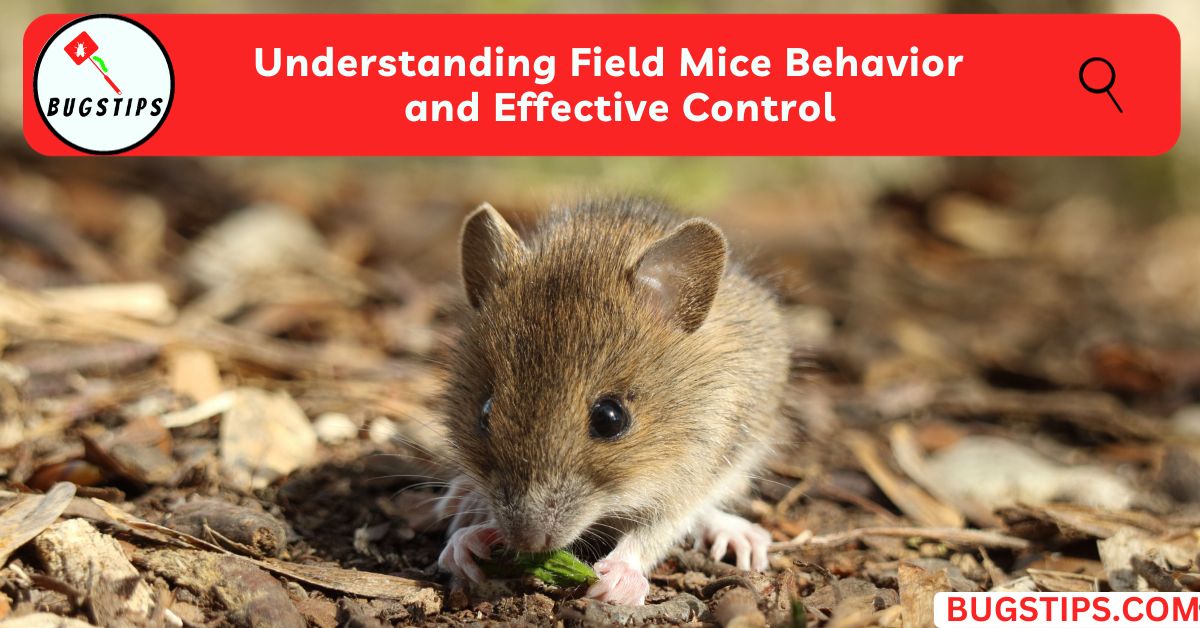This post may contain affiliate links which means as an Amazon Associate, this site may earn a small commission on qualified purchases made through links at no extra cost to you. Learn more on Affiliate Disclosure
Are you curious about whether earwigs can fly? It’s a common question and for good reason. Earwigs are insects that are often associated with creepiness due to their long, thin bodies and pincers at the rear end. As you may know, some insects have wings that allow them to fly, while others do not.
So, can earwigs fly? In this article, we’ll explore the truth about earwigs and their ability to take to the air. so keep reading!
Do Earwigs Have Wings?
Yes, earwigs have wings. They have two pairs of wings on their body, the forewings and the hindwings. The hindwings are membranous and folded underneath short forewings. However, earwigs rarely fly and prefer to crawl instead.
The forewings provide a sort of cover for their hindwings, as they are a short leathery plate. The hindwings are a very thin fan-like structure that folds under the forewing. Earwigs do technically have the capability to fly, but it is a rare occurrence in which an earwig does take flight. In species of winged earwigs, the wings will start to develop at a certain point in their life cycle.
Can Earwigs Fly?
Can Earwigs Fly? This is a common question about earwigs. While some earwig species have wings, not all of them can fly. Earwigs that do fly are not very agile fliers and usually fly in short bursts.
Earwigs use their wings more for gliding than for true flight. The wings of earwigs are usually hidden below hard wing covers, making it difficult to notice them. So, the answer to the question is that while some earwigs can fly, most of them are not strong fliers and do not fly often.
How Do Earwigs Fly?
Earwigs have wings, but not all species fly. The front wings, or forewings, are harder and leathery covers that move to the side when the earwig prepares for takeoff. The clear and rather flowery-looking flight wings are then unfolded and spread.
Earwigs have a uniquely structured wing whose shape is similar to an origami fan or a parasol – it folds up repeatedly and is tucked under panels on the back of the earwig called elytra.
To move their wings in back-and-forth waves, a muscular structure connects the wing to the body, where hydrostatic pressure helps. Earwigs that do fly are not very agile fliers in most cases. Their wings are not as efficient as a housefly’s, for example. Earwigs which fly usually fly in short bursts.
In preparation for flying, earwigs have been observed to climb as high as possible before taking flight. One species of earwig, Labia minor, uses its pincers or forceps to comb out its wings each time it takes flight.
Earwigs’ folding wings break the laws of origami. They expand their 10 times or more their size during the flight when they seek out food or mates. When researchers tried to model the unfolding mechanism using a traditional understanding of origami-like folding, it did not work completely open or folded up.
You’ll Also Like – What Do Earwigs Eat?
Why Do Earwigs Fly?
Earwigs fly primarily to seek out food and mates. Since earwigs are omnivores, they feed on a variety of plant and animal matter, including insects and their larvae.
When food sources are scarce, earwigs may take a flight to locate new sources of food. This is one of the main reasons why earwigs fly – to use their wings as a means of mobility to search for food and avoid starvation.
In addition to food, earwigs also fly to find mates during mating season. Male earwigs will take a flight to search for females, and females will fly to find suitable nesting sites for their eggs. Earwigs’ wings enable them to cover more ground and locate potential partners or nesting sites more efficiently.
Although earwigs are not known for their flying abilities, their wings provide them with an important means of survival. They can use their wings to seek out food and mates and to find suitable nesting sites for their eggs. While earwigs are not agile fliers, their wings are a vital tool for their survival in the wild.
Which Earwigs Can Fly?
Although the majority of earwig species do not fly, there is a small group that has developed the ability to take flight. This group is known as the Labiidae family, which contains eight different species found in North America. These earwigs use their pincers or forceps to comb out their wings each time they take flight.
Here is the list of earwig species that can fly:
Labidura riparia – Labidura riparia, also known as the shore earwig, is a species of earwig in the family Labiduridae. This species is characterized by its modified cerci as forceps and light tan color.
The shore earwig is cosmopolitan and has been introduced in North America, occurring across the southern states. They are typically found in coastal and riparian areas along margins of rivers and streams. Despite their somewhat intimidating appearance, they are not harmful to humans and are beneficial in controlling pest populations.
Labidura truncata – Labidura truncata, also known as the common brown earwig, is a large native earwig species found in Australia. This species has a light brown body with dark brown patches and an orange triangle behind its head.
They prefer to feed on soft-bodied caterpillars both larger and smaller than themselves and are relatively abundant in pitfall traps at sites in cropping land in the Wimmera region of Victoria. One way to distinguish the common brown earwig from the European earwig is by the presence of its long tail pincers. While they may appear intimidating to some, these earwigs are harmless to humans and play an important role in controlling pest populations.
Nala lividipes – Nala lividipes is a species of earwig in the family Labiduridae, commonly known as the black field earwig. This species is recorded as introduced in the United States of America, although it can be found in its native range in Australia as well.
While it is not as well-known as some other earwig species, the black field earwig plays an important role in controlling pest populations and contributing to the overall health of ecosystems. Its distinct appearance and behaviors make it an interesting and important addition to the world of earwigs.
Chelisoches morio – Chelisoches morio, also known as the black earwig, is a species of omnivorous insect that is found worldwide, although it is most prominent in tropical areas, Pacific islands, the Pacific Northwest, and damp environments. This earwig species is unique in its appearance, with a shiny black body that is longer and flatter than other earwig species.
Doru aculeatum – Doru aculeatum, also known as the spine-tailed earwig, is a native earwig species found in the woods and grassy areas of eastern North America. The insect belongs to the family Forficulidae and is characterized by its brown body with pale markings, with males having a short spine in between the cerci on the 10th segment of the abdomen.
The species is commonly found at outdoor lights at night and occurs as far north as Canada, where it hides in the leaf axils of emerging plants in southern Ontario wetlands. Being the only native earwig species in the north of the United States.
Forficula auricularia – Forficula auricularia, commonly known as the European earwig, is a widespread insect species found in various temperate regions of the world. Originally native to Europe, western Asia, and northern Africa, it has been introduced to other continents, including North America, Australia, and New Zealand.
This species prefers to inhabit dark and moist environments, such as under stones, decomposing wood, and soil. While mainly scavengers, they may also feed on plants. Females lay their eggs in burrows in the soil, and most species overwinter as adults. Despite its fearsome appearance and reputation, the European earwig is not dangerous to humans.
Anechura japonica – Anechura japonica, commonly known as the Japanese earwig, is a species of earwig in the family Forficulidae. The species was first described by de Bormans in 1880 as Forficula japonica. It is native to Japan and belongs to the same family as the European earwig (Forficula auricularia).
The Japanese earwig has a distinctive reddish-brown color with short, curved forceps. They are known to be omnivorous, feeding on both plants and insects, and are found in a variety of habitats, including gardens, fields, and forests. Despite their name, Japanese earwigs have also been reported in other parts of Asia, including China and Korea.
While these earwigs can fly, they do not do so frequently and prefer to travel by hitching a ride on objects such as flowers, luggage, newspaper, and even fruits or vegetables.
How Far Can an earwig fly?
Earwigs are not strong fliers and can only fly short distances. Earwigs are not known for their flying abilities and can only fly short distances. They tend to hover around light sources, both indoors and outdoors and are not capable of flying for long distances.
Their wings are foldable structures that lack internal muscles, making them weak fliers that tend to fly only when disturbed, staying low and flying into dense vegetation. Therefore, earwigs cannot fly long distances and prefer to travel by hitching a ride on objects such as laundry baskets, cut flowers, luggage, newspapers, lumber, baskets of fruits and vegetables, and automobiles.
While most earwig species are weak fliers, some are quite avid fliers. The Labia minor species, for example, has been observed flying at a speed of 0.2 to 0.5 ms-1 during flapping flight. However, they tend to fly only short distances when disturbed, staying low and flying into dense vegetation.
The Hawaiian damselfly is another earwig species that prefers upland ridges, wet forests, and steep moist fern-covered banks. They are weak fliers and tend to fly only short distances when disturbed, staying low and flying into dense vegetation.
Earwigs are not known to crawl long distances and tend to infest orchards and crops slowly. Although they carry an aggregation pheromone that causes them to collect in large groups when they fly, their weak flying abilities make it difficult for them to spread quickly. Instead, they rely on hitching rides on objects and occasional migrations indoors during periods of prolonged heat and drought.
while some earwig species can fly, they are generally weak fliers that tend to fly only short distances and prefer to travel by other means.
You’ll Also Like – Do Earwigs Make Noise? Discover the Fascinating Truth!
Why Do Some Earwigs Have Wings While Others Don’t?
The reason why some earwigs have wings while others don’t is still not completely understood by scientists. Earwigs have been evolving for millions of years, and it is believed that the differences in wing structure and presence may be due to adaptations to specific environments or behaviors.
Some earwig species may have lost their wings because they have adapted to living in underground environments, where wings would not be useful. In contrast, species that live in open environments may have wings for short-distance flights to escape from predators or to find mates.
Additionally, the evolution of wings in earwigs may be influenced by the availability of resources and the competition for them.
Species that rely heavily on scavenging, such as Forficula auricularia, may have stronger wings to fly toward available resources, while species that rely on hunting may have lost their wings to allow for more agile movements to catch prey.
The evolution of wings in earwigs is still being studied, and there is much to learn about the relationship between earwig behavior and their wings.
The presence or absence of wings in earwigs is not yet fully understood, but it is believed that it may be due to adaptations to specific environments, behaviors, or resource availability. As scientists continue to study earwigs, they may gain a better understanding of the evolution and function of wings in these intriguing insects.
Are There Any Benefits To Not Having Wings For Earwigs?
Not having wings may be beneficial for earwigs as they are not strong fliers and can only fly for very limited periods. which could be why not all species of earwigs have wings.
Some earwig species may have evolved to lack wings entirely as a beneficial adaptation. Without wings, earwigs are less likely to waste energy on flight and more likely to conserve energy for other activities such as foraging or reproduction.
Also not having wings also helps earwigs avoid potential dangers associated with flying such as predation or accidental injury.
The leather-like texture of earwig forewings, from which their scientific name “Dermaptera” is derived, provides a sort of cover for their hindwings. Although earwigs are not good fliers and must glide from a high point to fly, their forewings play an important role in protecting their bodies during these short flights.
Immature earwigs lack wings altogether, suggesting that wings may not be a crucial part of their development or survival. Overall, it appears that the lack of wings may be a beneficial adaptation for earwigs, allowing them to conserve energy and avoid potential dangers associated with flying.
How Does The Structure of An Earwig’s Wings Differ From Other Insects
The wings of an earwig are unique compared to those of other insects. While most insects have visible wings, earwigs’ wings are normally tucked away and hidden from view. However, during flight, these wings can expand to 10 times or more their size.
Earwigs belong to the order Dermaptera, meaning “skin wing,” which refers to the leathery, budlike covers or tergites that take the place of wings. Some earwig species fold their wings under these covers, while others lack wings, tergites, or both.
What sets earwigs apart from other insects is the unique folding pattern of their fanlike hind wings. This folding pattern grants them the most compact wing storage among insects. During courtship displays, males will unfurl their wings to woo females.
These shimmering wings are a sight to behold and an essential part of the earwig’s mating ritual. This unique wing structure not only allows for easy storage but also serves as a means of attracting a mate.
Final Thoughts
The question of whether earwigs can fly is a bit more complicated than a simple yes or no answer. While most species of earwigs have wings, not all of them can fly, and those that can usually only do so for short bursts. The unique structure of their wings, hidden beneath their hard wing covers, makes it difficult to notice when they do take flight.
We hope that this blog article has provided you with a better understanding of the flying capabilities of earwigs and the anatomy of their wings. Earwigs may have a reputation as creepy crawlies, but they are fascinating insects with unique features and behaviors.
FAQ
When do earwigs fly?
Earwigs are not strong fliers and usually only fly short distances. They are most likely to fly during warm and humid conditions, such as during the summer months.
Can European Earwigs Fly?
Yes, European earwigs are capable of flying short distances.
Can Baby Earwigs Fly?
No, baby earwigs, also known as nymphs, cannot fly. They lack developed wings and will only develop wings as they mature.
Can Earwigs Jump?
No, earwigs cannot jump. They move quickly on their six legs and can use their pincers to climb over obstacles.
Do earwigs fly at night?
Earwigs are not nocturnal and are most active during the day. However, they may be attracted to lights at night and may fly towards them.
Can earwigs glide?
Some species of earwigs, such as the common European earwig, are capable of gliding short distances using their wings. However, not all earwig species can glide.
Resources – (for further reading)
RSPB – Facts About Earwigs
National Geographic – How earwigs’ folding wings break the laws of origami
University of Minnesota Extension – Earwigs



